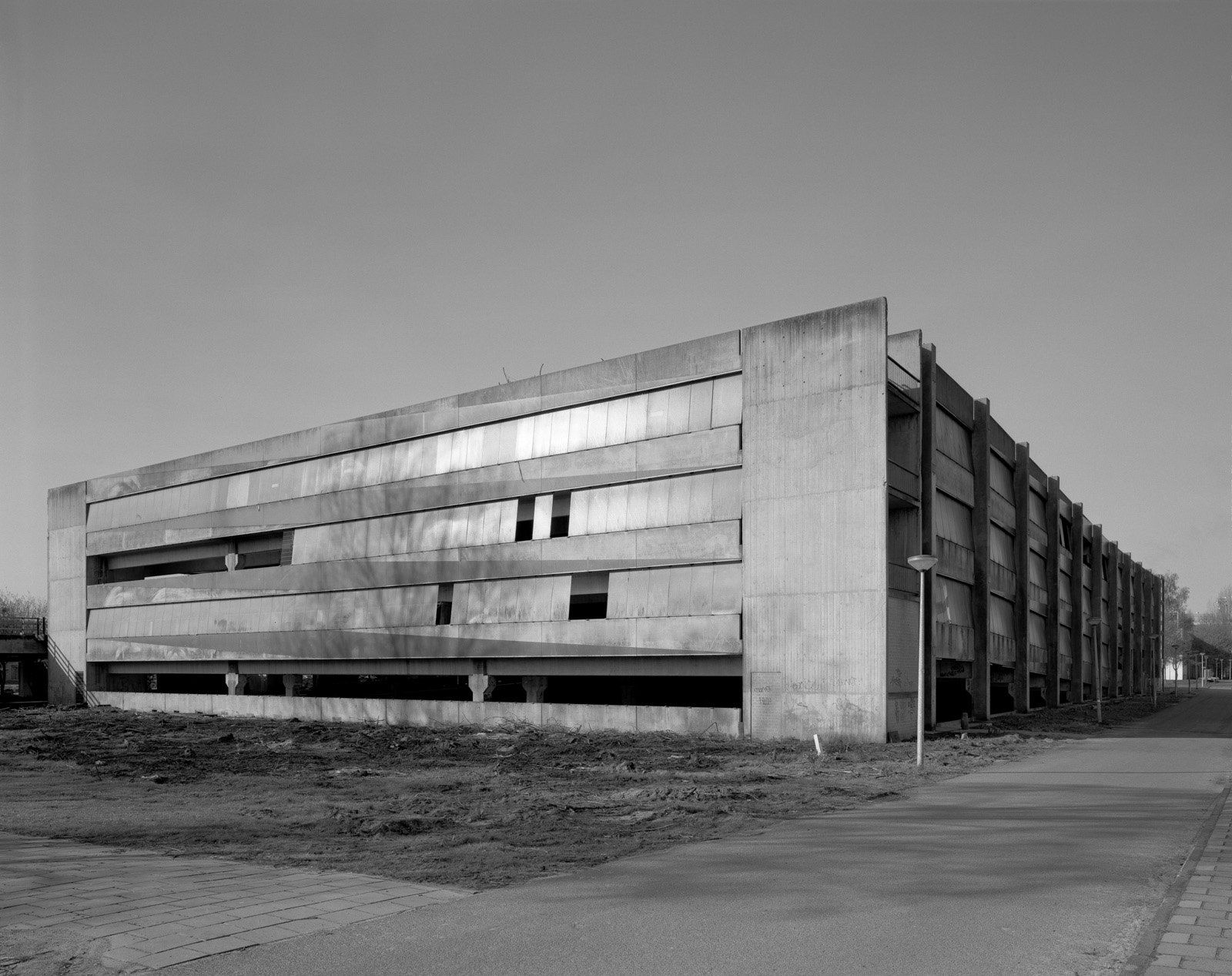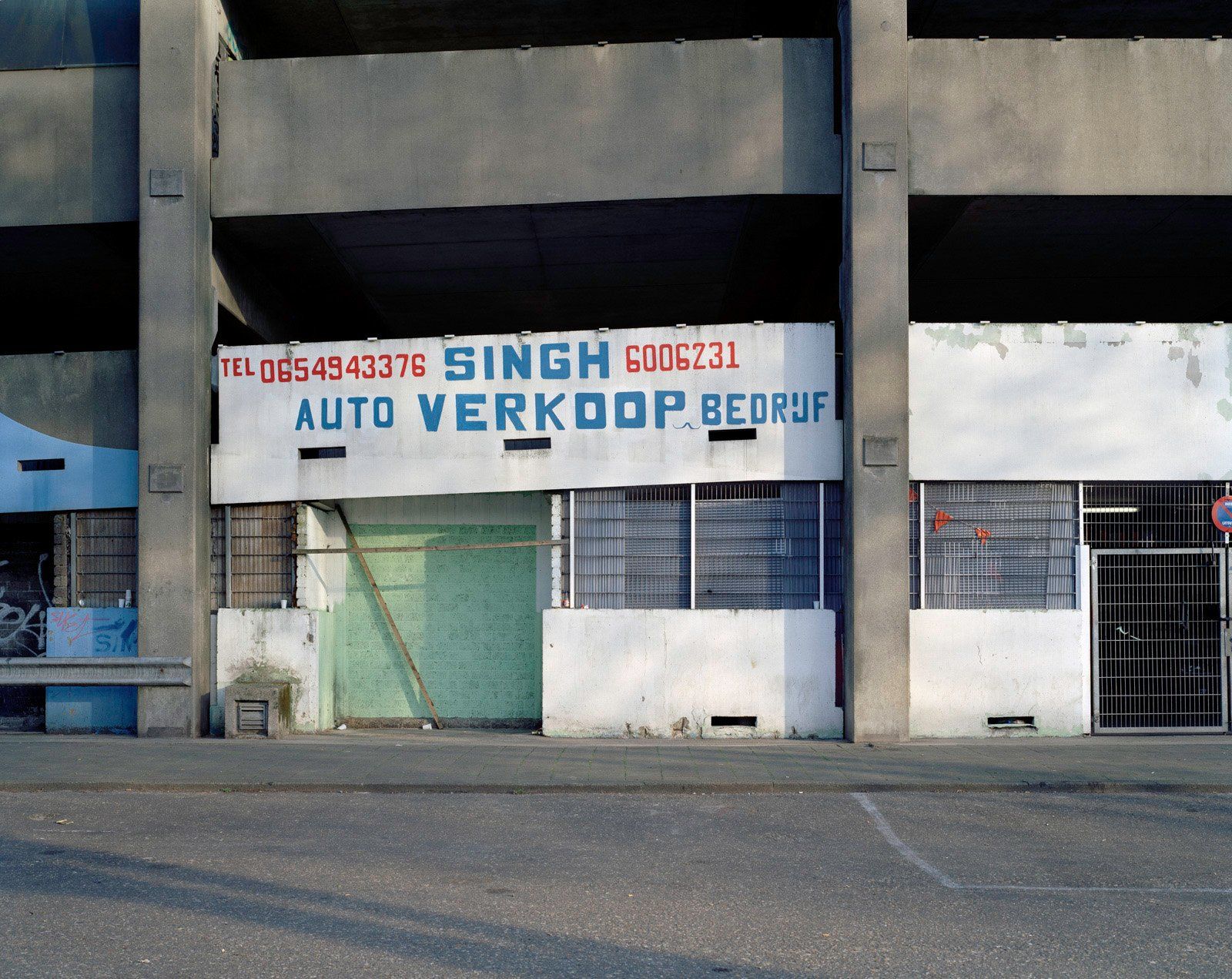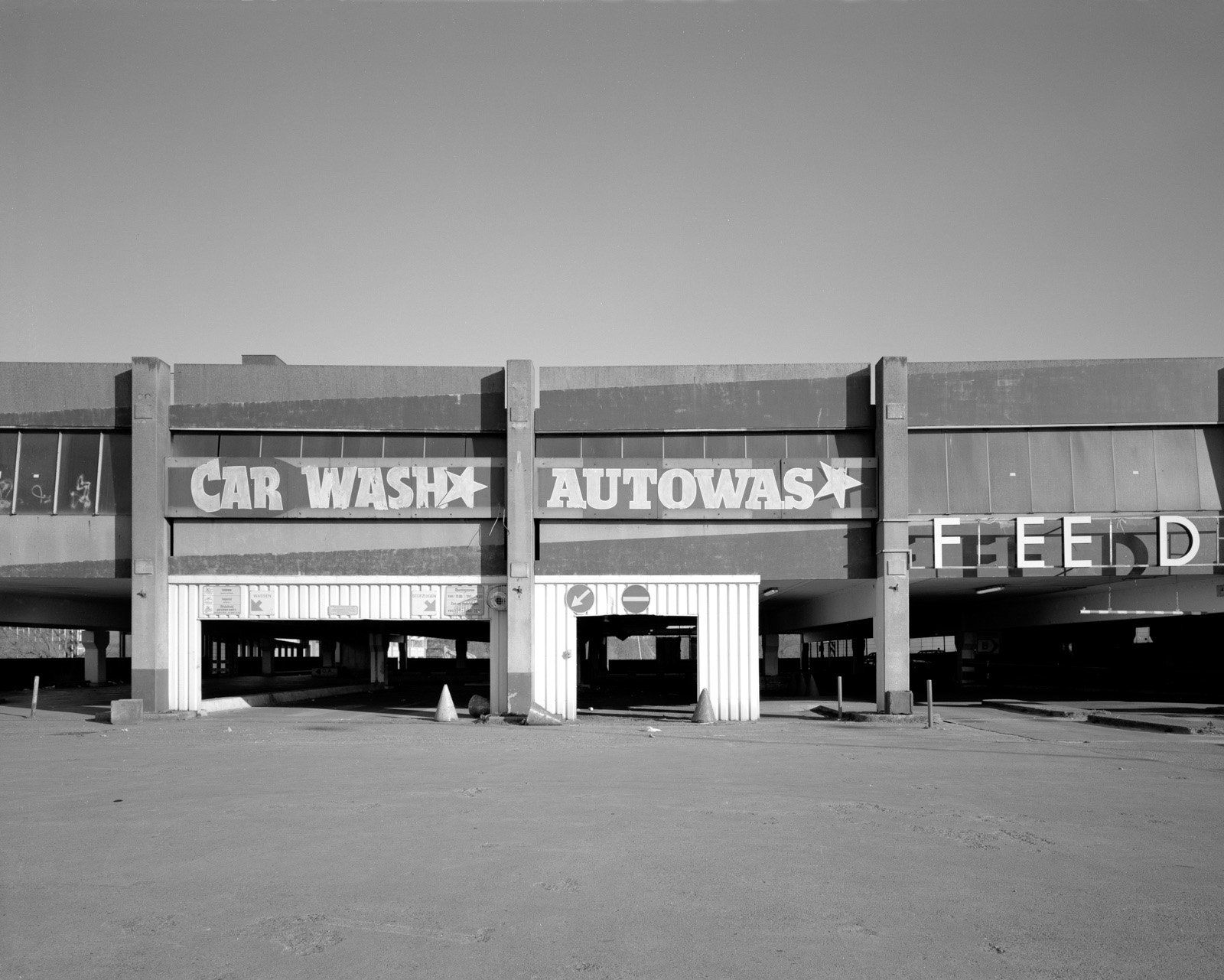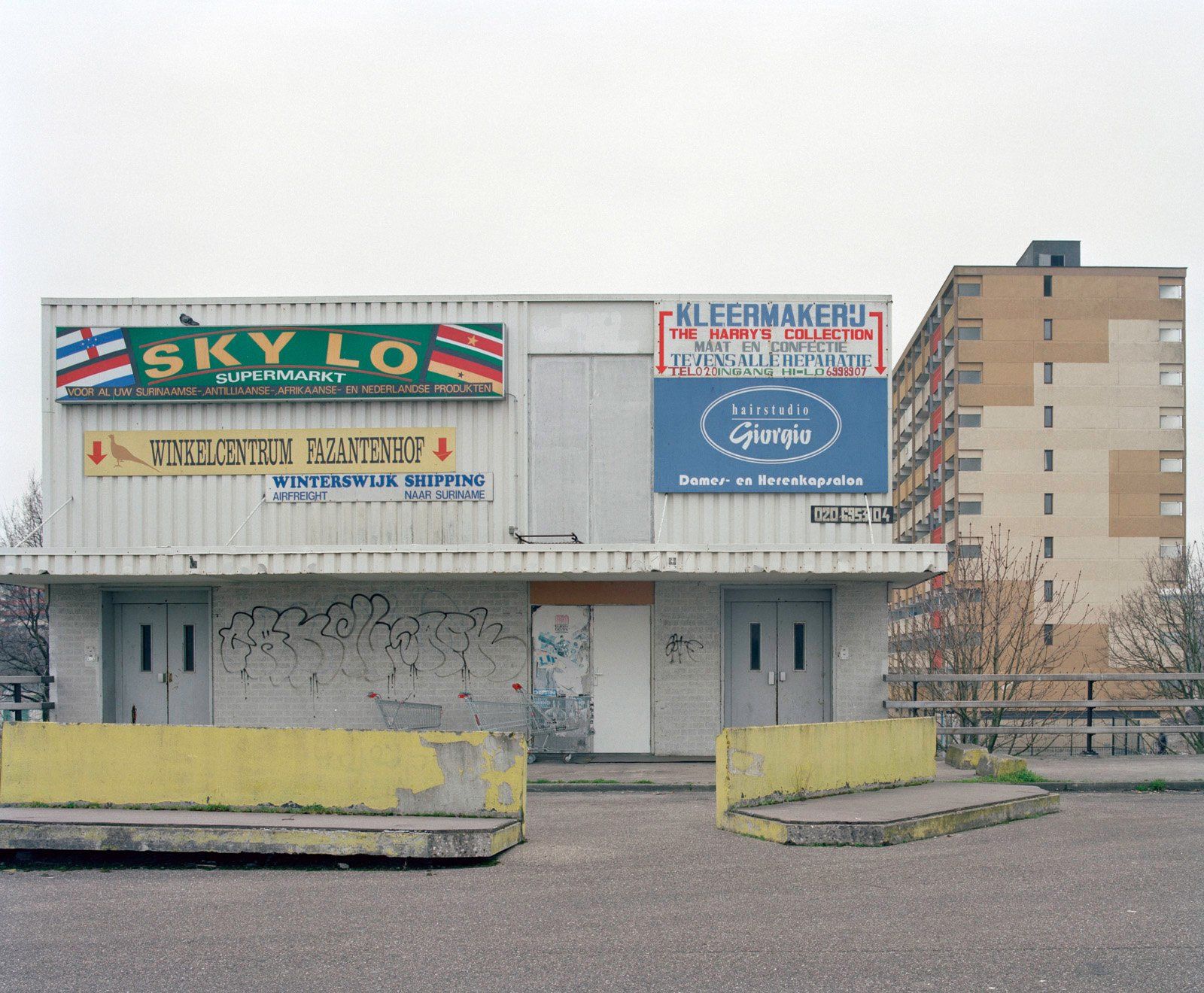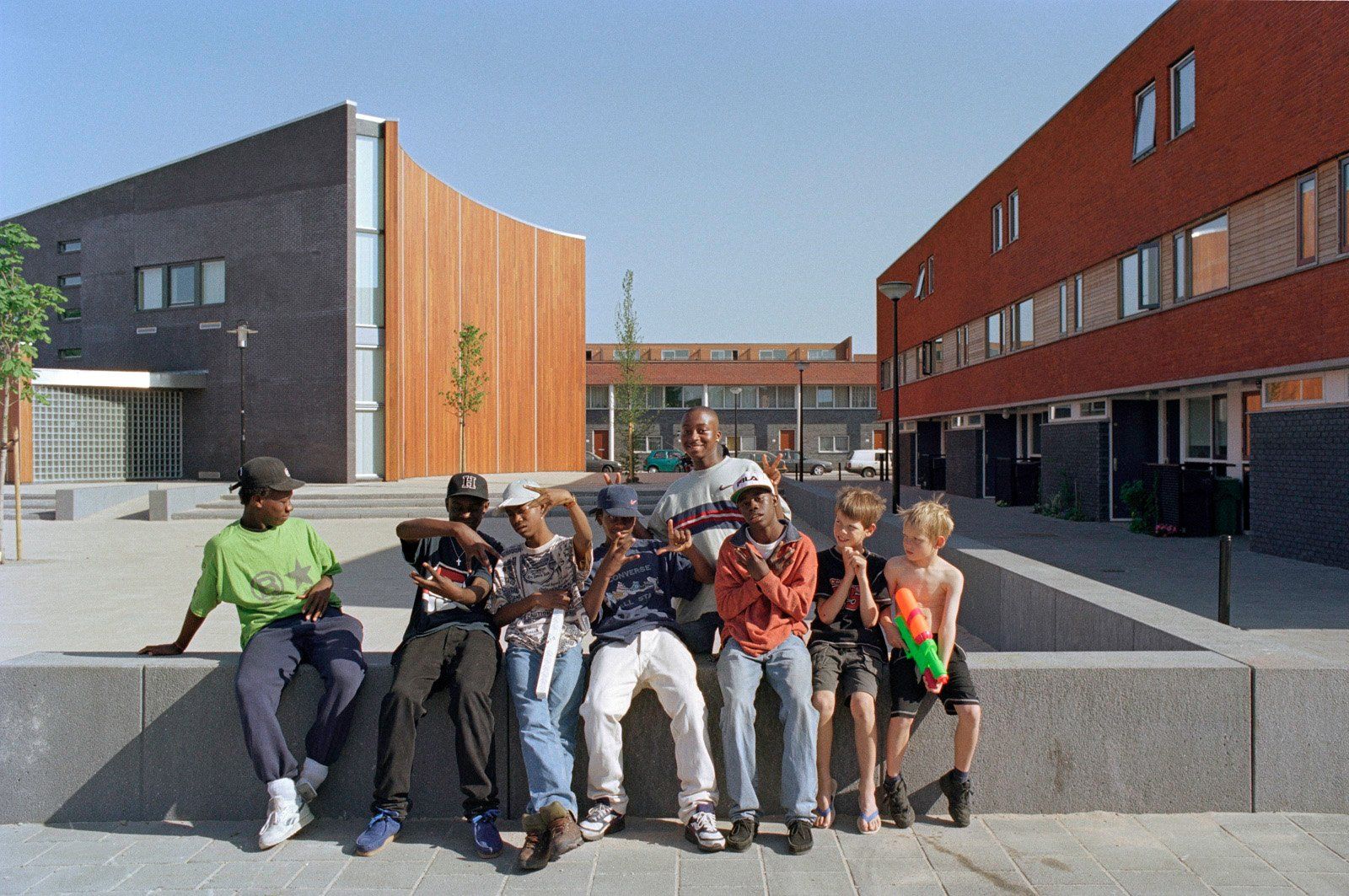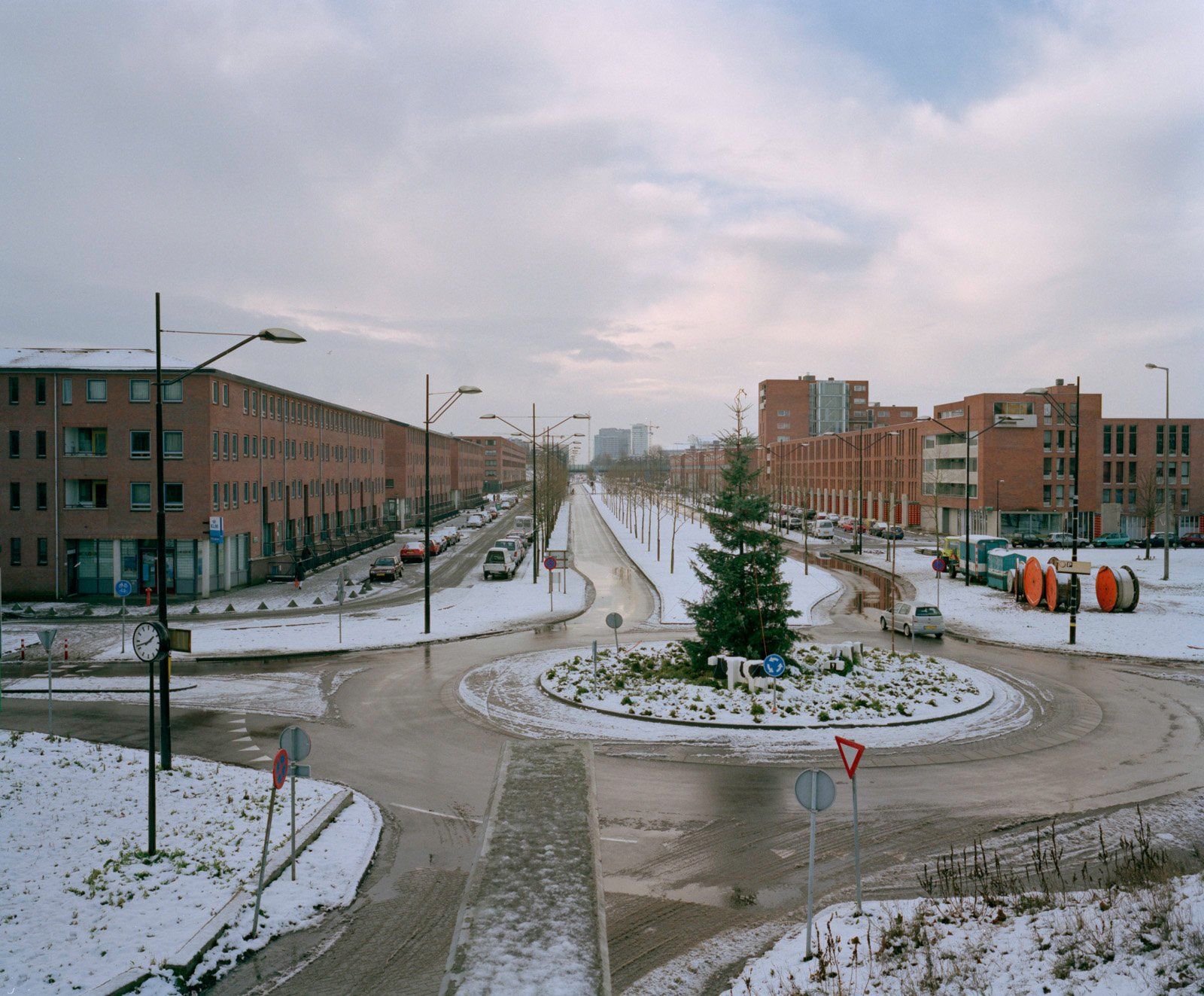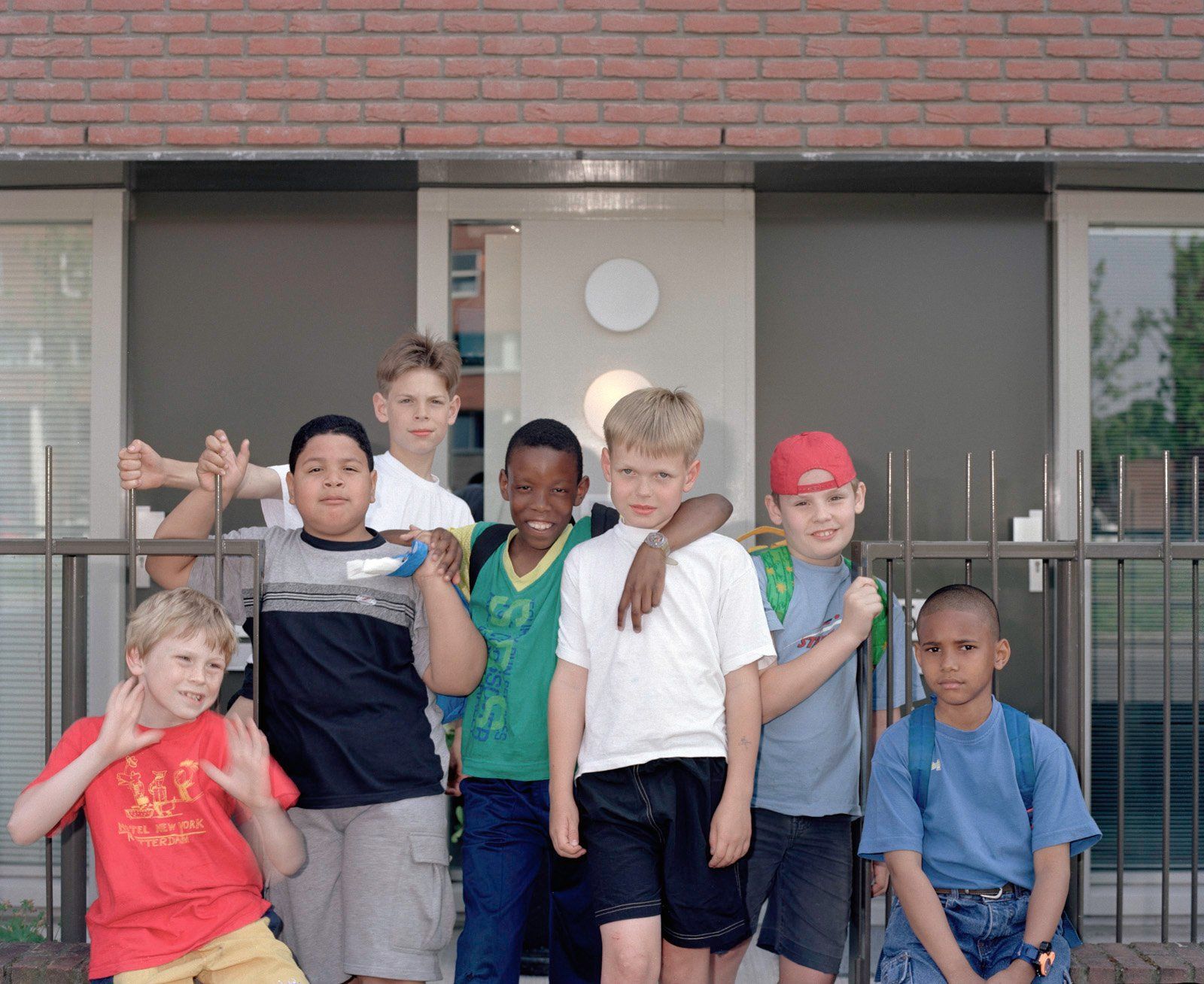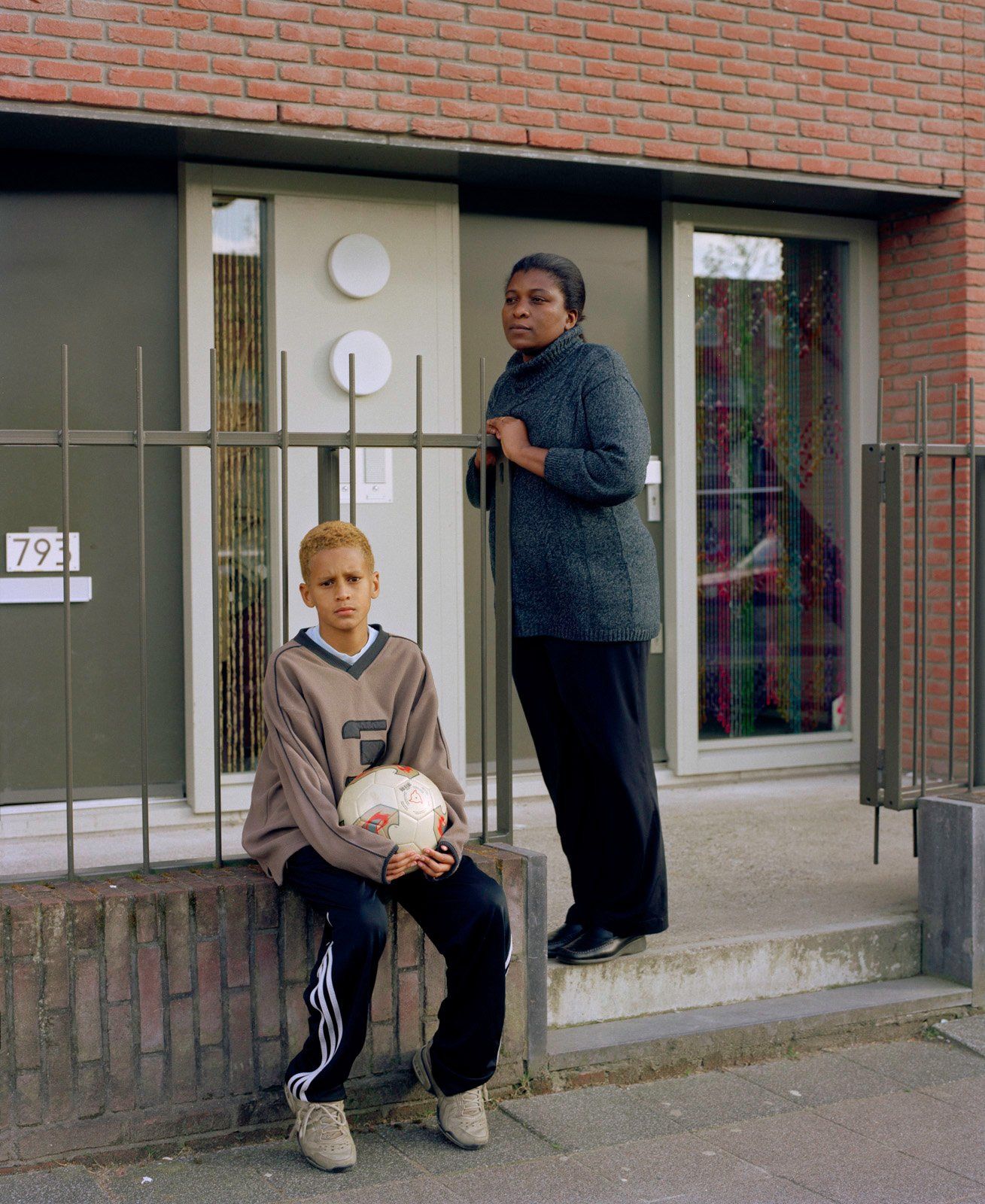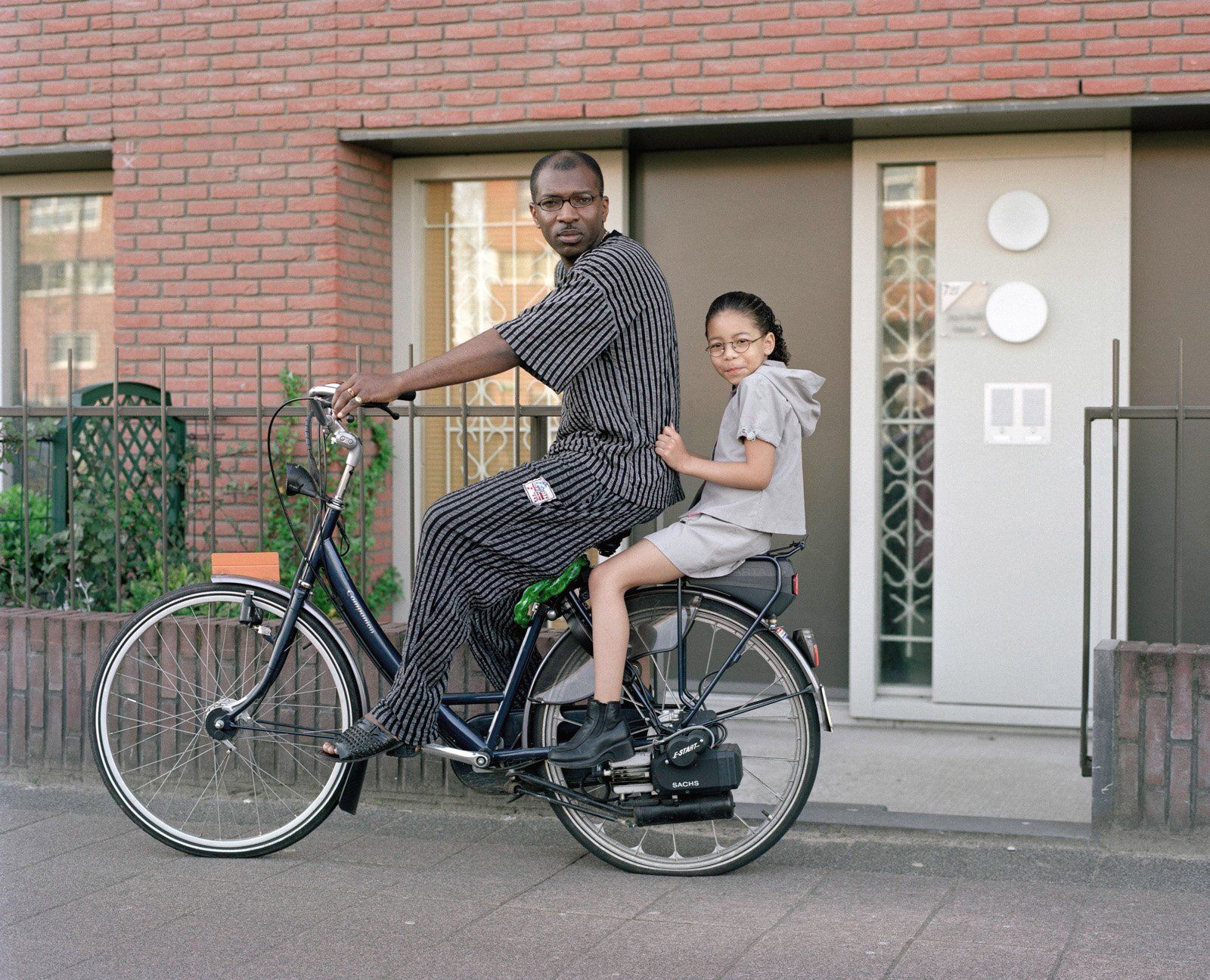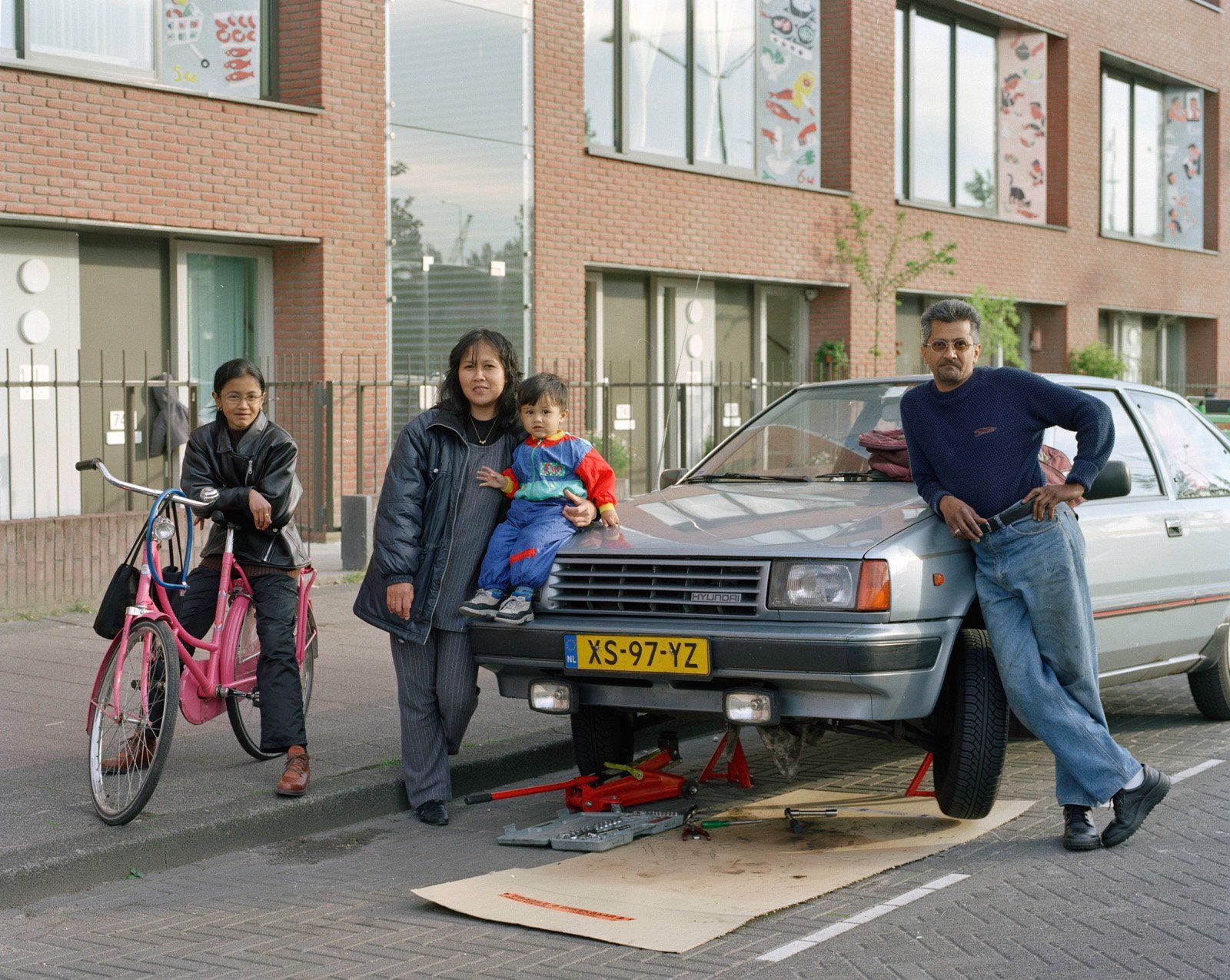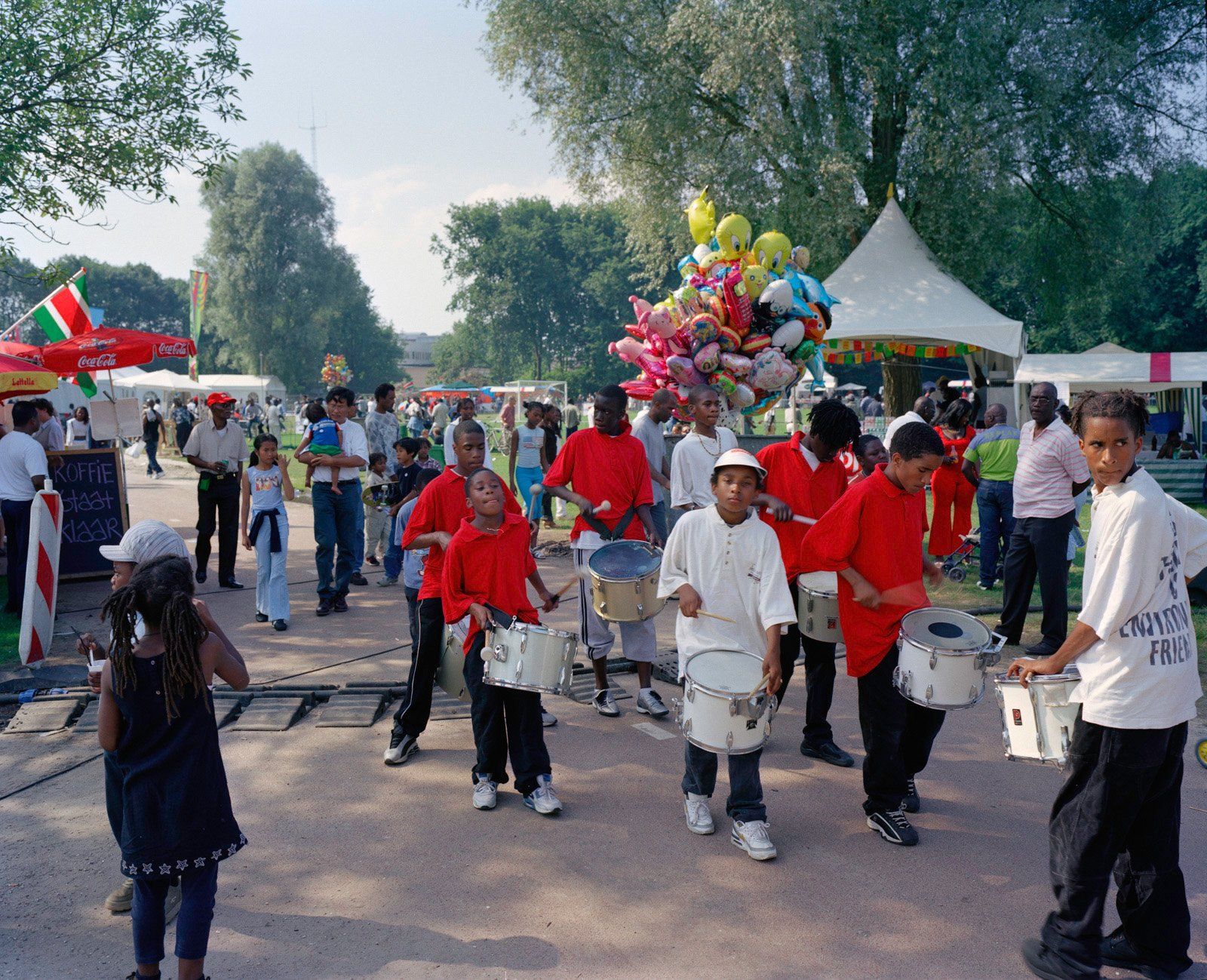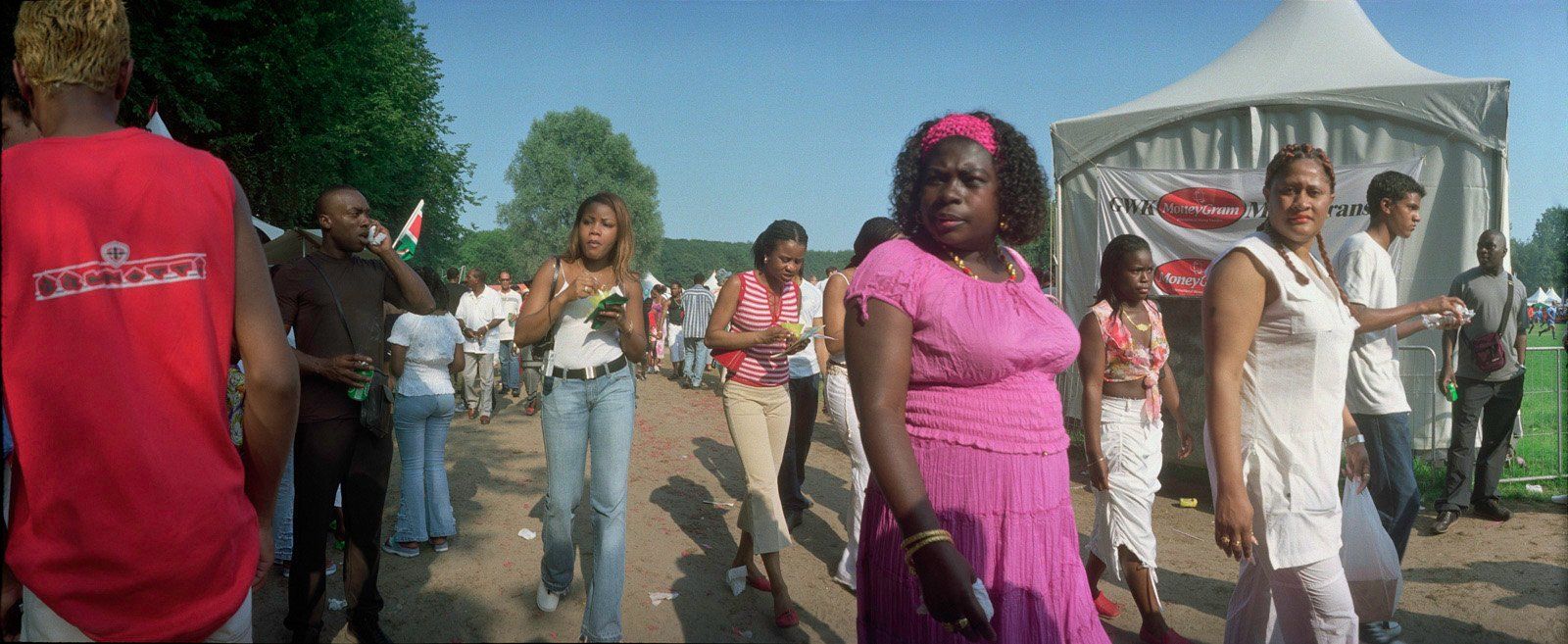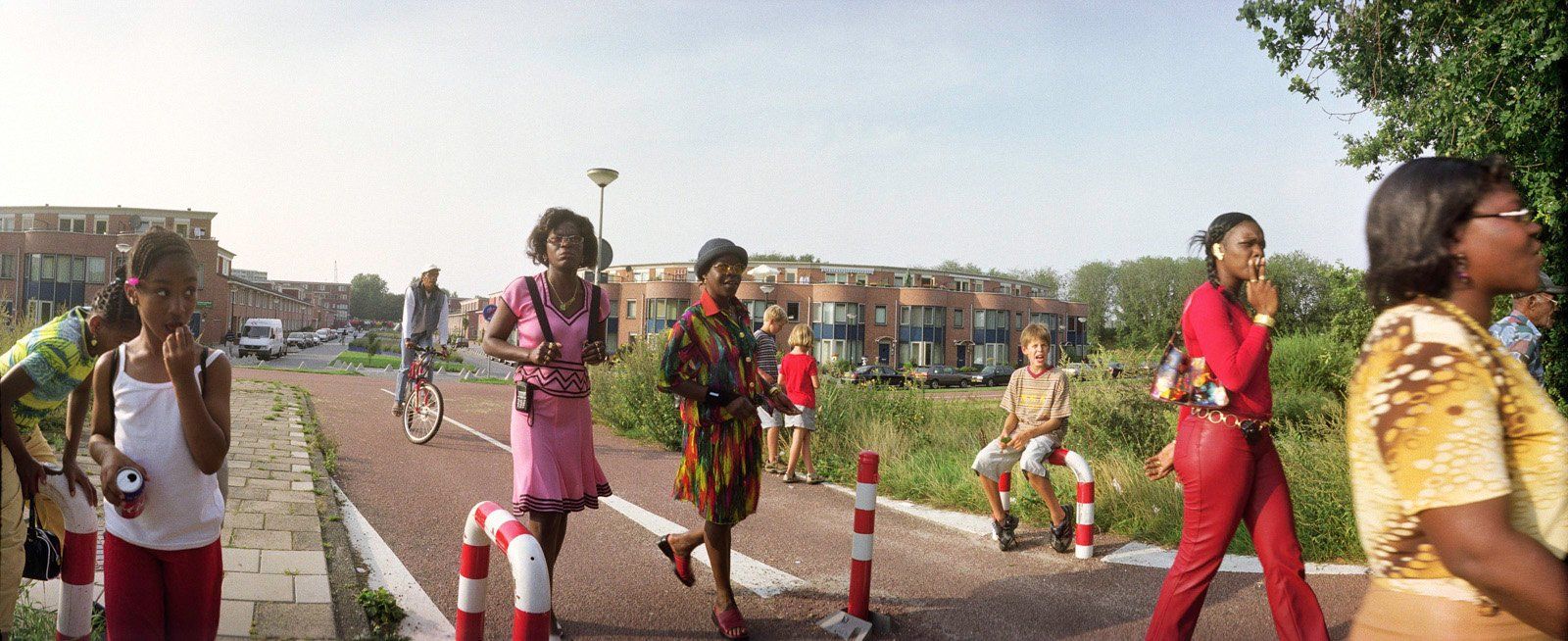Projects | Books
Territory
2003
| In the 1960s and '70s a district rose to the southeast of Amsterdam (Bijlmermeer), with modernist high-rises situated in a park-like landscape. 'A city projected onto the happiness of the people who live there,' said the alderman responsible on the eve of striking the fits pylon for the utopian city in December 1966. However, it didn't turn out that way. Manufacturing a society proved somewhat bumpy; it was not the educated working class that moved to the Bijlmermeer, but rather people from Surinam, Ghana and the Antilles. The Bijlmermeer became known as an area with big management problems.
In 1990 came the first proposals for a renewal of the Bijlmermeer. The elevated avenues were lowered and the large parking garages demolished. This knocked away the whole foundation of the Bijlmermeer - the primacy of the pedestrian vanished and the car drove onto the surface level - the bankruptcy of the planning machine was made painfully visible. More than half the high-rises were torn down and replaced by low-rise buildings.
In 2003, renewal could be seen all over the place. The Bijlmermeer became a success with its own population. Nowhere in the Netherlands do you see so many non-native residents in owner-occupied apartments as in the Bijlmermeer.
Theo Baart's famiy – two boys of five and seven years old, mother and father and two cats - exchanged Amsterdam South for Amsterdam Southeast (the new name for the Bijlmermeer) in 1996.
In Territorium Theo Baart looked at the renewal operation as a resident. He photographed and interviewed his neighbours on the Bijlmerdreef; he tracked his children in this multicultural environment and sketched the identity of the place.
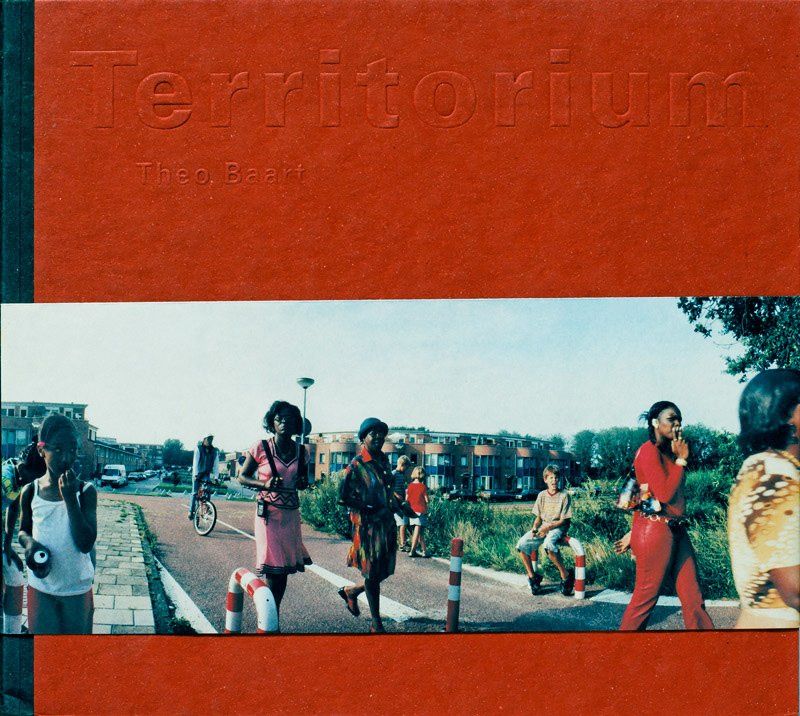

Text, photography and editing Theo Baart
Size 240*265mm, 144 pages
Printing Rosbeek
Design Typography & Other Serious Matters
Publisher Ideas On Paper / NAi Publishers, Amsterdam 2003
Dutch edition ISBN 90-5662-319-2 (out of print)
English edition ISBN 90-5662-320-6
Territory
was made possible in part by financial support from the Creative Industries Fund NL, Mondriaan Fund, VSB Fund, Prince Bernhard Culture Fund.
Click to view




